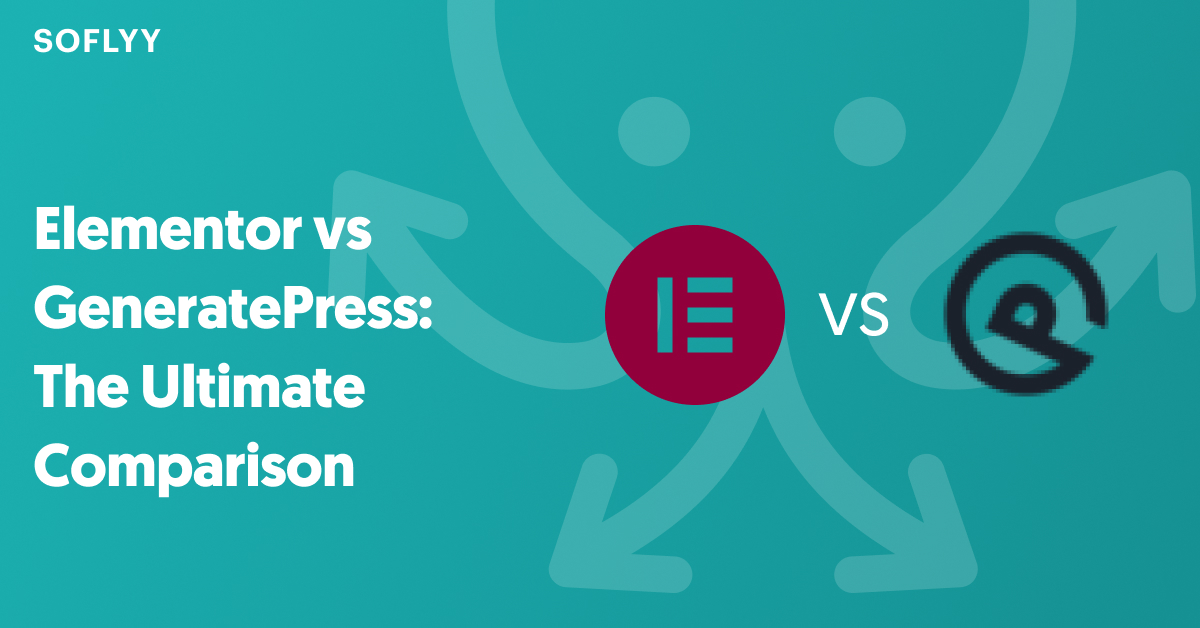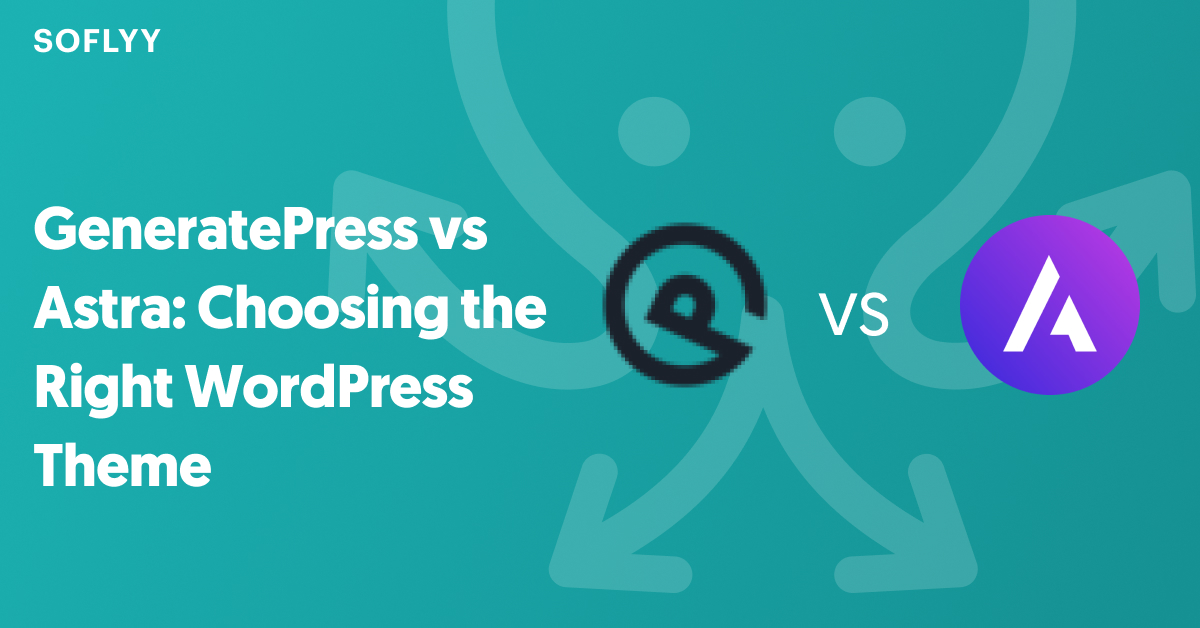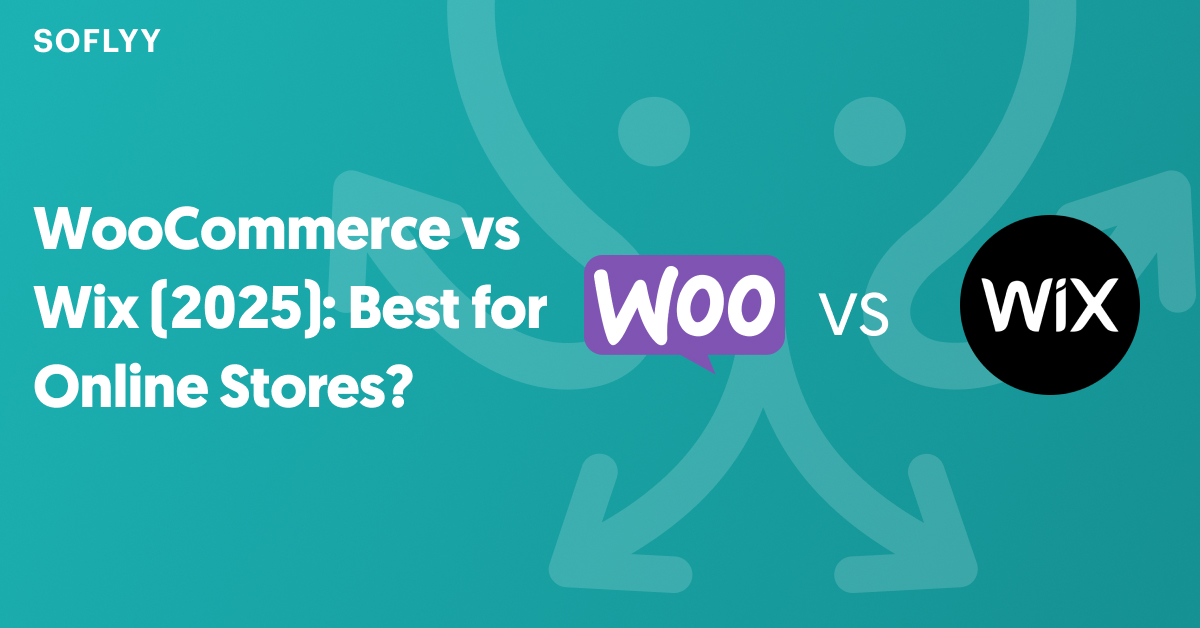Selecting the right WordPress theme is an important decision in the journey of building a website. Today, we will explore and compare two of the most popular themes, Divi vs BeTheme. Each theme offers its own unique set of features, making them suitable for a diverse array of website projects from personal blogs to sophisticated business sites.
The choice of a theme impacts all aspects of website creation such as ease of use, customization options, and overall performance. These elements are essential for ensuring your site not only looks great but also runs smoothly, providing a positive user experience.
Throughout this article, we’ll share the strengths and weaknesses of both Divi and BeTheme, helping you determine which theme aligns best with your website’s requirements. By the end, you’ll have a clearer perspective on which theme will best serve your needs.
Overview of Divi Builder and BeTheme
Before we dive into the details, it’s important to understand what makes each of these themes appealing to website creators. Divi Builder and BeTheme are packed with features designed to streamline web design. In the following sections, let’s take a quick look at both page builder themes.
Divi Overview
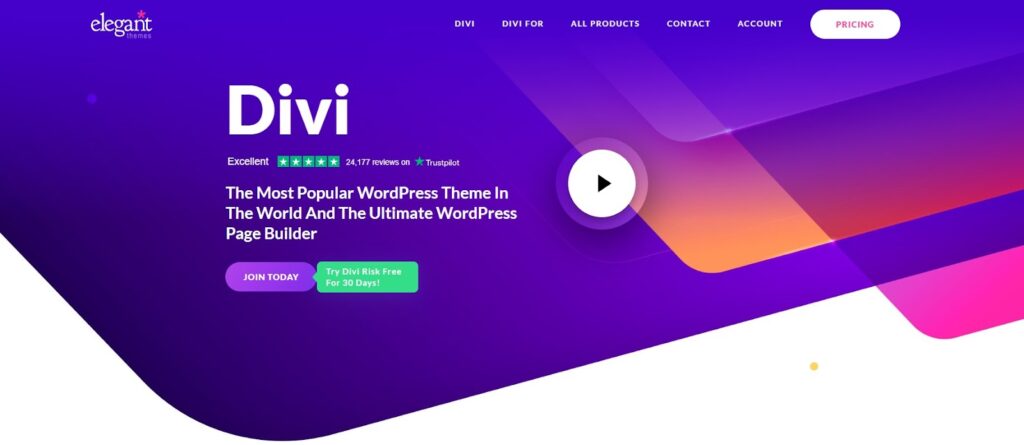
Developed by Elegant Themes, Divi is known for its visual page builder capability, which allows users to design websites directly through a live builder. It’s a great Elementor alternative highly appreciated for its flexibility and control, offering a vast selection of pre-built layouts and modules to jumpstart the design process.
In addition to its basic features, Divi allows for deep customization through its theme builder and advanced design settings. This means users can tailor their websites very precisely to their needs. However, Divi’s rich array of features might slow down your website. Also, because its interface includes many floating icons and panels, it can be somewhat complicated for beginners to learn.
BeTheme Overview
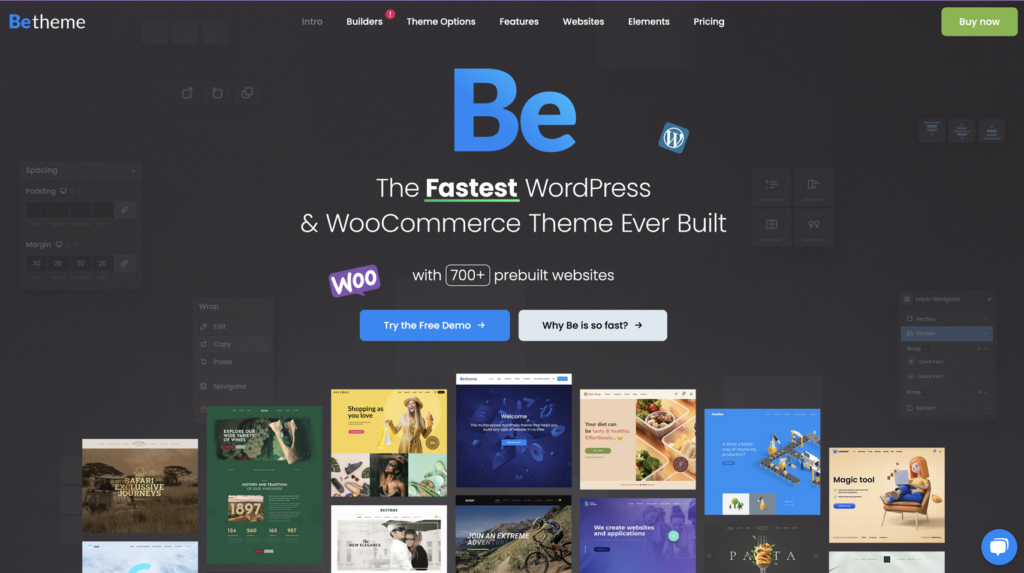
BeTheme, created by the Muffin Group, serves as a multi-purpose WordPress theme that stands out with its staggering collection of over 700 pre-built websites. It supports both BeBuilder and WPBakery page builders, accommodating different user preferences for front-end or back-end construction methods.
The theme is highly customizable, providing tools and options that are accessible for beginners but also sufficiently detailed for more advanced users looking to push the limits of their creative designs. Despite its adaptability and ease of use, BeTheme does not offer as many advanced features as Divi, and it has less flexibility with third-party plugin integrations. This can be a drawback for users who rely heavily on specific plugins for enhanced site functionality.
Divi vs BeTheme: User Interface and Ease of Use
Ease of use is a great concern for website builders because it impacts everything from initial setup to ongoing maintenance. A theme that combines intuitive navigation with powerful functionality can dramatically enhance productivity and reduce the time it takes for users to become proficient. Here, we compare how Divi theme features and BeTheme features stack up in terms of user interface and ease of use.
Divi’s User Interface
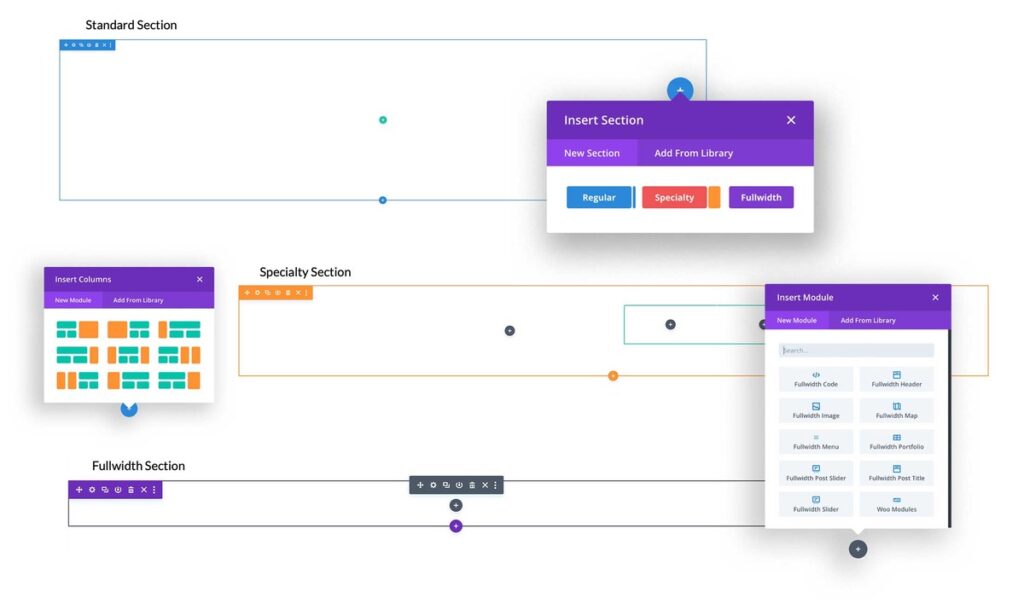
Divi is designed with a front-end visual drag-and-drop builder that integrates floating panels, making it a dynamic tool for creating and customizing websites in real time. ThEach module customization interface is organized into a three-tab structure, Content, Design, and Advanced, which guides users through the editing process from basic text placement to complex custom styling.
The building blocks of Divi’s interface include sections, rows, and modules, which can be combined and configured to create everything from simple pages to intricate layouts.
Although Divi offers deep customization options, the learning curve can be steep. New users may need time to familiarize themselves with its robust capabilities. However, features like inline editing, where users can adjust content directly on the live site, and the layer view for managing wireframes, help streamline the building process once the interface is mastered.
BeTheme’s User Interface
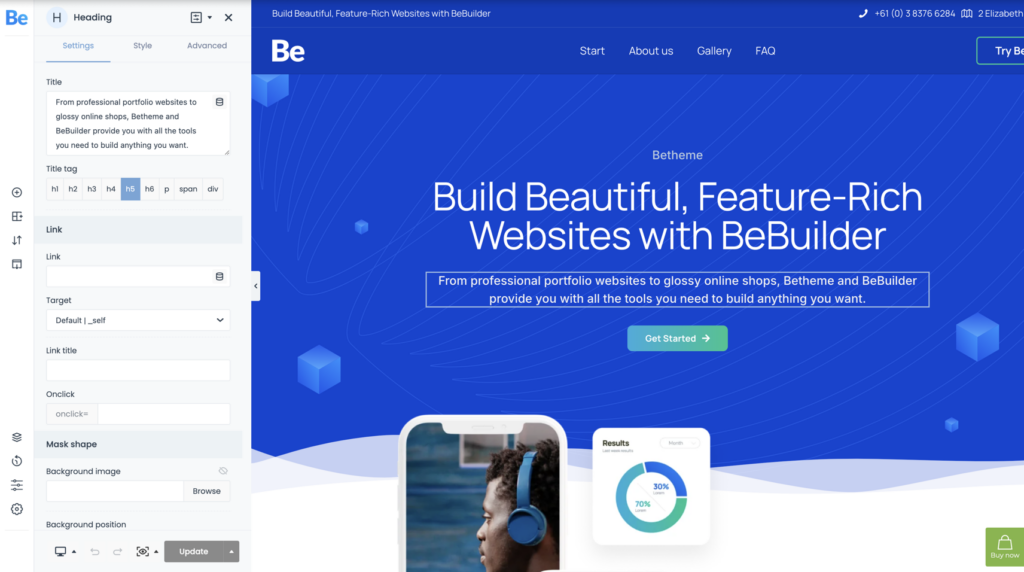
BeTheme approaches usability with a focus on simplicity and speed, making it particularly appealing to beginners. It features the BeBuilder, a newer visual front-end editor that users find less complex and more direct than Divi’s interface.
For those who prefer traditional back-end page building, BeTheme also supports the WPBakery page builder, offering flexibility in how websites are built. One important feature is BeTheme’s 700+ pre-built demo websites, which can be imported and customized quickly. This greatly reduces the time and effort needed to launch a new site. This also makes BeTheme highly user-friendly for beginners, though it offers less depth in customization compared to Divi.
Divi vs BeTheme: Customization Options
Customization is a cornerstone of website design, allowing developers and designers to tailor sites to exact specifications and brand requirements. In this section of our Divi vs BeTheme comparison, we evaluate how each theme accommodates creative control and customization, a critical factor in deciding between the best WordPress themes.
Divi Customization Features
Divi is renowned for its highly flexible customization features. One of the prominent features is the use of Global Modules, which lets users create and specify elements that can be consistently used throughout the website, ensuring design uniformity and streamlining updates.
Additionally, Divi offers an extensive library of over 370 full-website templates. These pre-built layouts provide a solid foundation that users can import and then modify to suit their needs, saving time in the initial design phase.
For those who require precise control over their site’s appearance, Divi supports advanced CSS customization, allowing designers to apply custom styles directly to any element. This feature is particularly valuable for creating unique designs that stand out from standard offerings.
Moreover, Divi is equipped with specific tools for eCommerce sites, including over 40 unique content modules designed for WooCommerce, making it an excellent choice for online stores. It also offers a variety of animation and visual effects to enhance the user experience. While these built-in options cover most needs, Divi also enables deeper customization through additional CSS, giving advanced users the freedom to implement more complex designs and animations.
BeTheme Customization Features
BeTheme approaches customization with a focus on accessibility and speed, featuring the BeBuilder tool for creating custom pages. Although it may lack some of the visual-building prowess of Divi, BeTheme compensates with over 700 pre-built demo websites.
This vast selection allows users to quickly deploy a new site and tailor it as needed, making it an excellent choice for projects with tight deadlines or for users who prefer to start with a nearly complete design.
The Theme Options Panel in BeTheme is another strong point, offering extensive flexibility in managing global settings like typography, colors, and layout structures. This panel simplifies the process of applying consistent styles across a website, which is particularly beneficial for users looking to maintain a cohesive look without delving into code.
While BeTheme provides significant customization options, it is geared more towards simplicity and ease of use rather than the depth of customization found in Divi. This makes it ideally suited for users who value quick setups and straightforward design processes over the ability to fine-tune every detail.
Divi vs BeTheme: Performance and Speed
The speed and performance of your website are necessary to providing a seamless user experience and achieving high search engine rankings. When comparing BeTheme vs Divi, two prominent WordPress themes, it’s important to understand how each handles these aspects.
Divi Performance

Divi’s visual richness and versatility come at a cost. It is notably resource-intensive. This can be a critical consideration for users with hosting environments that have limited resources, such as shared hosting platforms or servers with lower performance specifications.
While recent updates have focused on enhancing Divi’s performance, it remains the case that heavily customized sites might experience slowdowns. This is particularly true if many high-resolution images, complex layouts, and advanced features are used.
To mitigate these issues, Divi often requires the use of optimization plugins. These tools help streamline website performance by implementing caching and minification of CSS and JavaScript files, which are essential techniques for reducing load times and improving responsiveness. Although these optimizations help, the need for additional plugins to achieve optimal performance might be a drawback for users looking for a more ‘out-of-the-box’ solution for speed.
BeTheme Performance
In contrast, BeTheme is designed to be lightweight and fast, addressing one of the primary concerns users have with WordPress themes. Right from the start, BeTheme’s demos are optimized for performance, meaning that they load quickly even when employing complex layouts and features. This optimization is achieved without the mandatory use of external plugins, allowing users to maintain a fast-loading site more effortlessly.
BeTheme’s approach to performance optimization is evident in improved speed scores, which are critical for SEO and user retention. The theme’s efficient handling of resources ensures that even sites with extensive content and detailed designs do not suffer from significant performance degradation. This makes BeTheme particularly appealing to users who need to balance feature-rich content with the demand for high-speed site interactions.
Divi vs BeTheme: Pre-Built Templates and Design Libraries
Pre-built templates are invaluable for quickly launching websites, significantly reducing the time and effort required to go from concept to live site. Both Divi and BeTheme offer extensive libraries of templates, but they serve users differently in terms of variety, customization, and ease of use. Let’s explore how these offerings compare.
Divi Pre-built Templates
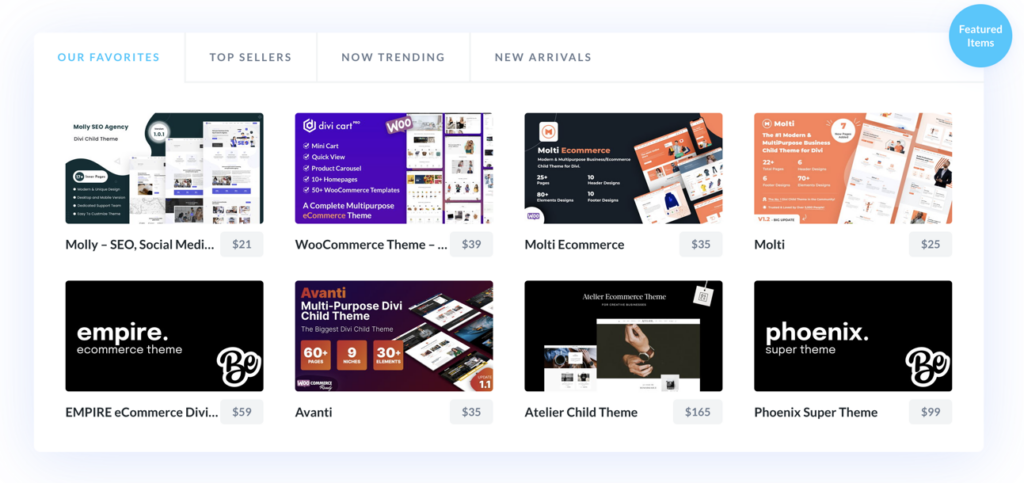
Divi is well-known for its extensive library of over 370 full website layout packs, which cover a broad spectrum of industries and website styles. This diversity allows users to find a nearly perfect base for any type of project, from simple blogs to complex e-commerce sites. Each layout pack is designed to be fully customizable, giving users the freedom to tweak and adjust elements to suit their specific needs.
In addition to using templates directly from the library, Divi users can also create their own custom layouts. These custom layouts can be saved and reused on different pages or even exported to be used on other Divi sites, adding a layer of flexibility for web designers managing multiple projects or building standardized templates for client work.
Furthermore, Divi extends its template offerings through a third-party marketplace. This marketplace includes templates created by other designers and developers, significantly expanding the available designs. This is particularly useful for users looking for very niche or specialized layouts that go beyond the standard offerings of Divi’s own library.
BeTheme Pre-built Templates
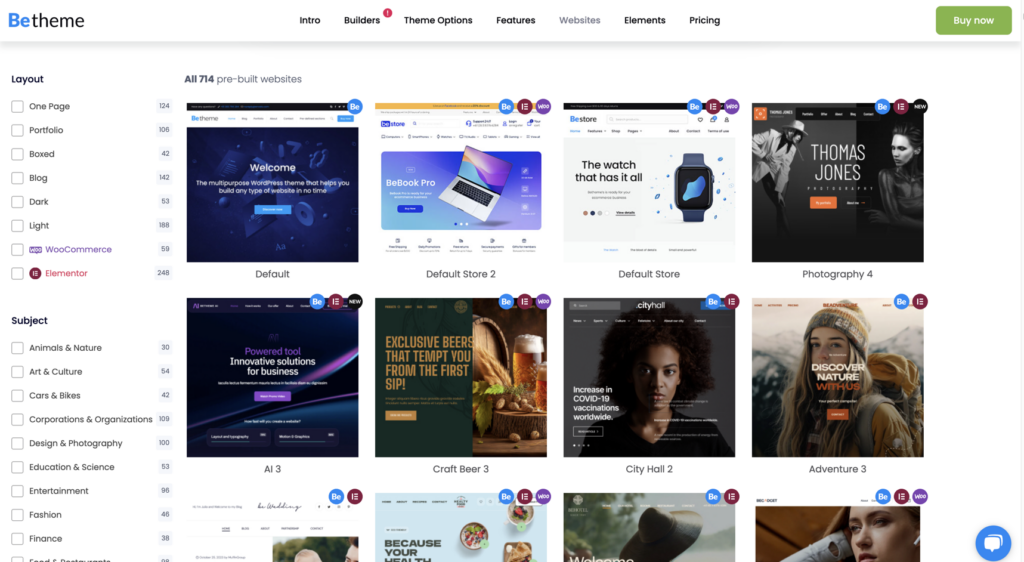
BeTheme goes a step further in terms of sheer volume, providing users with over 700 pre-built demo sites. These demos are designed to cater to an even wider range of industries and site types, making it incredibly easy for users to quickly find and deploy a design that closely matches their vision.
One of the great features of BeTheme’s demos is the ease with which they can be imported and set up. Users can typically get a new site up and running in just a few minutes, due to the one-click import process. This feature is especially useful for users who need to rapidly deploy sites without the time or necessity for extensive customization.
Moreover, BeTheme’s demos are not just numerous; they are also tailored to specific industries. This means that each template is not just a generic design but is thoughtfully crafted with the specific needs and standards of different business sectors in mind. Whether you’re setting up a website for a restaurant, a consultancy firm, or a creative agency, there’s likely a BeTheme demo that’s specifically optimized for that context.
Divi vs BeTheme: Pricing Plans
Understanding the cost implications of each theme can help you budget effectively and choose a product that offers the best value for your needs. Let’s compare the pricing structures of Divi and BeTheme to see which is more cost-effective for your specific circumstances.
Divi Pricing
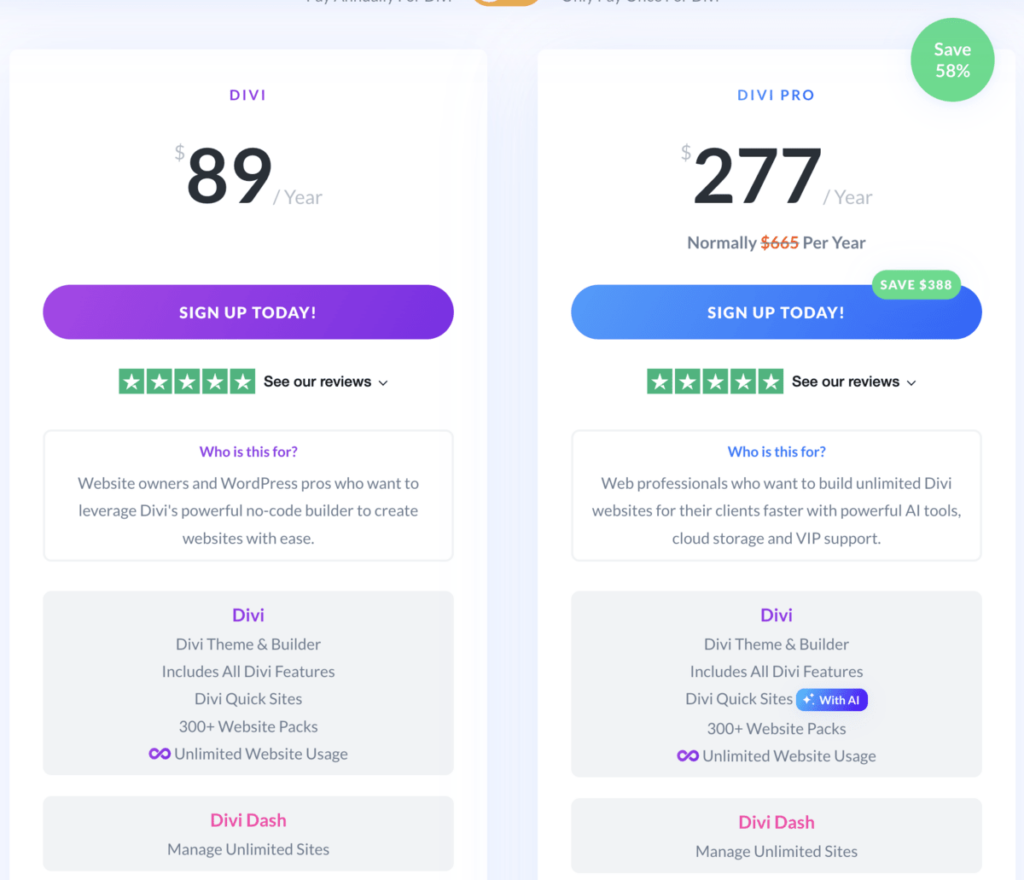
Divi offers flexible pricing options to accommodate different user needs. You can choose between an annual subscription plan, which costs $89 per year, or opt for a one-time lifetime plan priced at $249.
Both plans provide full access to all products from Elegant Themes, which includes not only the Divi theme but also their other themes and plugins. This all-inclusive approach ensures that users receive continuous updates and support.
It’s important to note, however, that there is a consideration with the Divi Pro services. Despite purchasing a lifetime plan for the basic services, if you decide to use Divi Pro, you will still need to pay an annual fee. This might be a confusing point for some users who expect all future services to be covered by the lifetime fee.
BeTheme Pricing
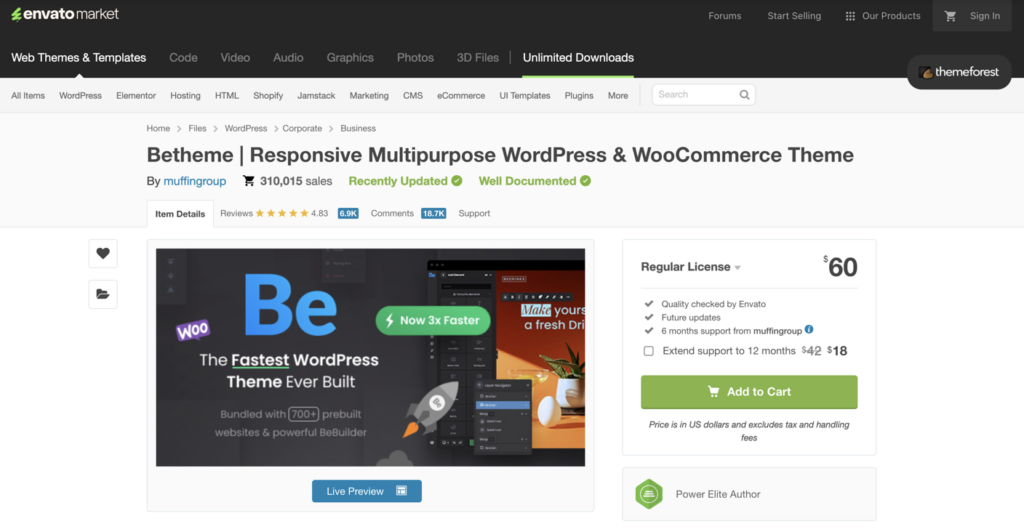
BeTheme presents a simpler pricing model. It is available for a one-time payment of $60 on ThemeForest, which includes a license for a single site along with lifetime updates and six months of support. This one-time fee makes BeTheme an attractive option for users who need a cost-effective solution for building a single website.
While BeTheme is more affordable for those looking to set up just one site, it does not offer the same level of ongoing support or access to additional themes and plugins as Divi. After the initial six months, you would need to pay for additional support, which is something to consider if ongoing assistance is important to you.
Which is a Better WordPress Theme: Divi or BeTheme?
Divi is a top choice for users who require detailed control over their site’s design and functionality. The theme offers an advanced visual builder that allows designers and developers to tweak every aspect of the website’s appearance and structure. Additionally, Divi is well-equipped with specialized tools for eCommerce, such as tailored WooCommerce features, making it highly suitable for online stores.
Moreover, Divi’s extensive library of templates provides a solid foundation for any project type, supplemented by its ability to save and reuse custom layouts, and access to a marketplace of third-party templates. This makes it particularly valuable for those who work on multiple projects and need a versatile, all-encompassing tool.
On the other hand, BeTheme excels in areas where simplicity and speed are key. It offers a lightweight framework that allows for quick loading times and smooth performance. BeTheme is known for its vast selection of over 700 pre-built demos, which can be deployed rapidly, enabling both beginners and seasoned professionals to get a new site up and running in no time. The simplicity of BeTheme makes it ideal for users who prefer not to delve into the nitty-gritty of website building or who need to launch projects quickly without the need for heavy customization.
Final Recommendation
If your priority is having a flexible theme packed with powerful design tools that allow for extensive customization, then Divi is the recommended choice. Its comprehensive features and adaptability make it suitable for creating highly customized and sophisticated websites.
However, if you value speed, efficiency, and ease of use, and you need to get websites launched quickly with minimal fuss, BeTheme is the superior option. Its straightforward setup and user-friendly design make it a great choice for those who want to efficiently manage multiple projects or need a simple yet effective website solution.
